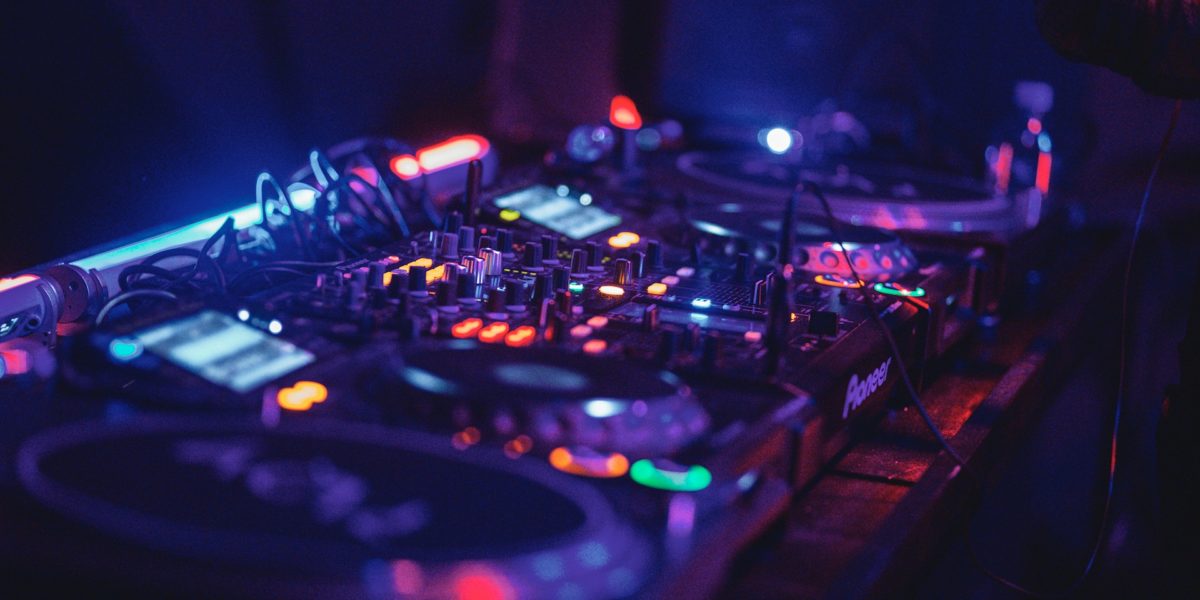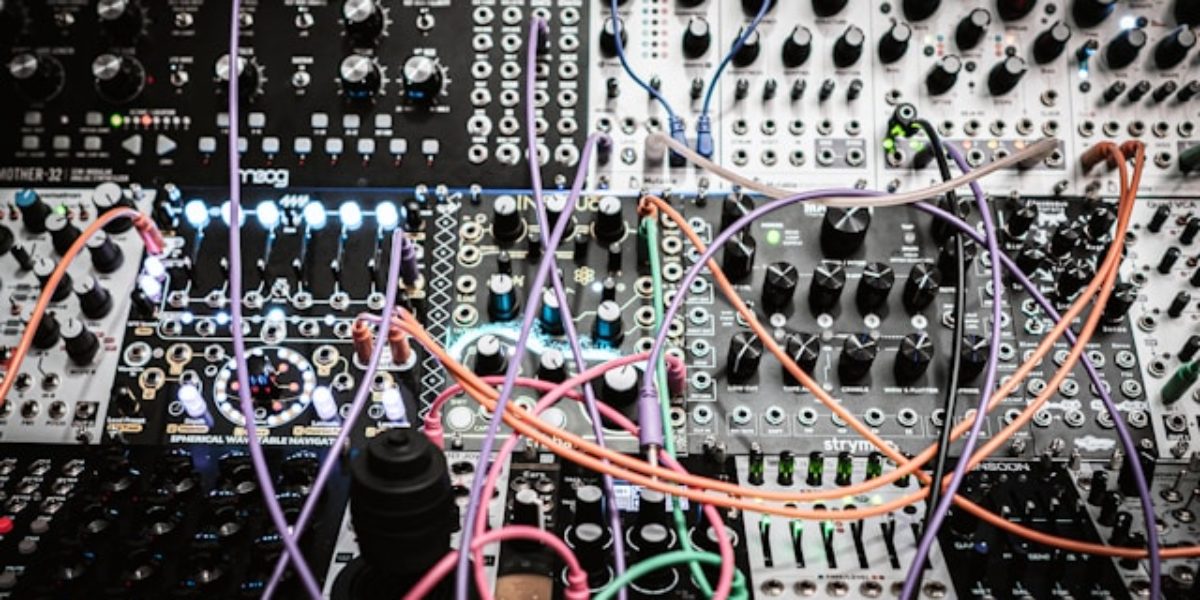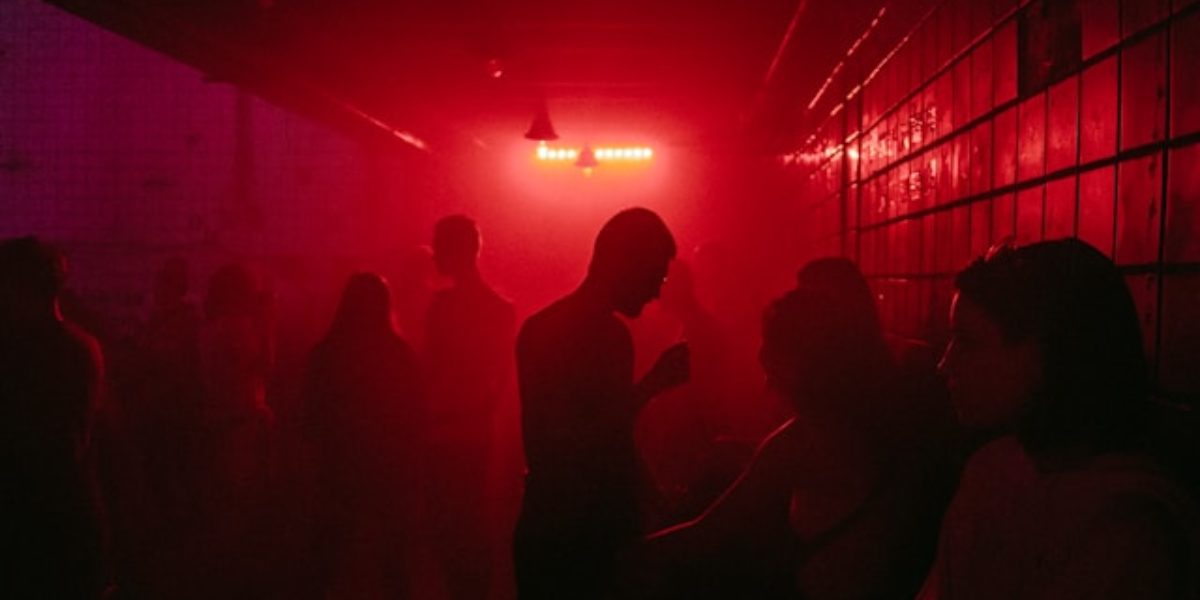Compared to the opulent discotheques of the disco era, the first venues for people to dance to house music were bare and basic. The DJ and the dancing crowd took centre stage. An empty room and a good sound system – that’s all that was needed. Vacant spaces were abundant in the 80’s in Chicago and Detroit due to economic decline. But also, in England in cities like Manchester and London where rave organizers eagerly capitalized on this. Old factory halls and empty warehouses were squatted and transformed into party locations. When those places became too small, they moved to fields. Tens of thousands danced in the British countryside. After the British police cracked down on these illegal parties and legislation was introduced to ban them, ways were sought to continue legally.
The illegal parties had proved that there was a market for dancing and partying house enthusiasts. The era of superclubs and super DJs began. Clubs sprouted up everywhere, offering DJs residencies (a regular night) for substantial amounts of money. In Ibiza, this concept evolved into outdoor clubs with theatres and other entertainment. People travelled from everywhere to see their favourite DJ perform. Dutch DJ Tiësto saw an opportunity in this: he bid farewell to the club environment and became the first DJ to give a solo concert. The stadium now became the domain of the DJ. House music once again made its way back to its home base, the US. There, house music became commercially viable and more digestible for a mainstream audience through its fusion with pop music; this style mix came to be known as EDM (Electronic Dance Music). EDM is now the dominant genre at major events.
The parties evolved into multi-day festivals with massive line-ups of top DJs earning tens of thousands of euros per hour. The early experiments with bounce houses and fairground attractions at raves now turned into gigantic shows with extravagant decors, fireworks, and Las Vegas-style theatre. Dance has become a billion-dollar industry, with major entertainment companies calling the shots. Massive dance festivals are held all over the world, featuring an international elite of DJs flying from party to party.
Eurodance
In the 1990s, a highly specific formatted form of house music emerged in Europe. The recipe was simple: take a rapper, pair them with a female singer, add a house beat, and voila, Eurodance! Dozens of groups producing this kind of music stormed the charts. The rappers were usually black American military personnel stationed at NATO bases in Germany. The singers were usually blonde session vocalists. The producers remained anonymous in the background, but they were the people that the pulled the strings.
Although “Pump Up the Jam” by the Belgian group Technotronic is considered the first Eurodance track, the Germans took the lead with groups like Snap!, Culture Beat, La Bouche, and Captain Jack. Netherlands also proved to be fertile ground for such groups: Twenty 4 Seven, 2 Brothers On The 4th Floor, and 2 Unlimited scored one hit after another. Later, the Vengaboys joined the scene. Despite the songs being viewed as lightweight, Eurodance contributed to making electronic music mainstream and paved the way for mega DJs and dance festivals.



